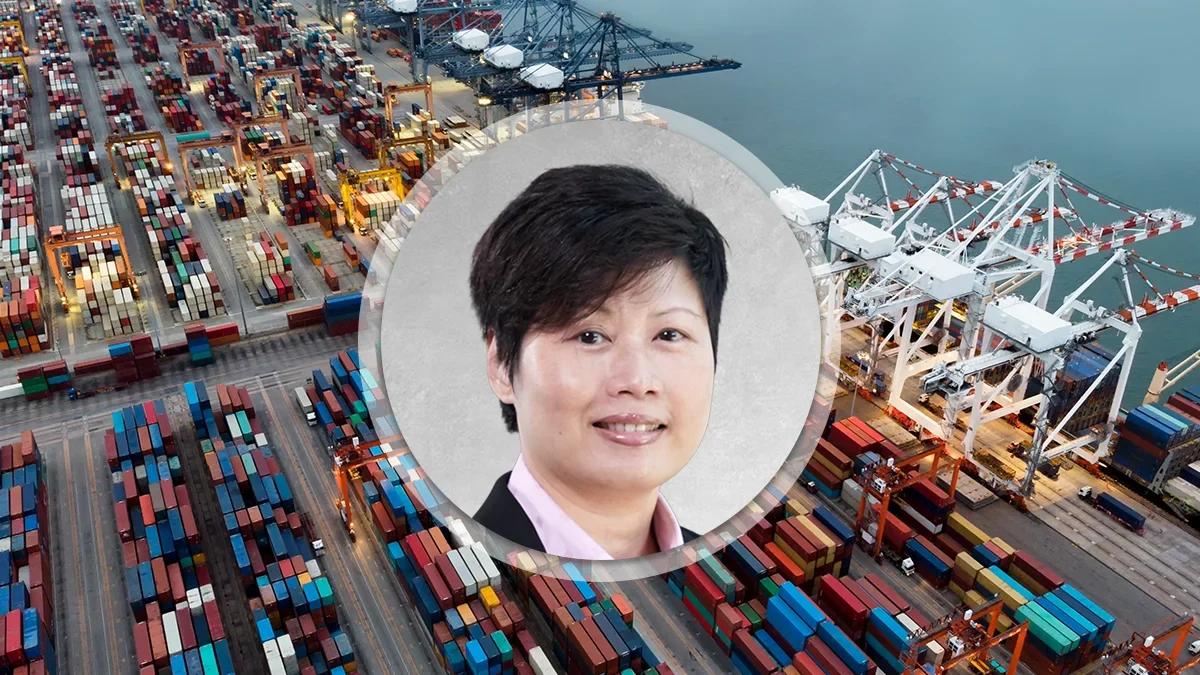(Re)in Summary
• APAC reinsurance markets have shifted from a hard market in 2023 to increased competition and softening rates, though prices remain above 2016-2018 lows.
• Rate reductions of 5-15% are expected across the region for 2025, except in loss-affected areas where rates are flatter.
• In China, most cedants expect single to double-digit rate cuts, but nat cat rates are stable or rising due to regulation and reserve requirements.
• Profits remain strong, but reinsurers stress the need to show value and maintain discipline to avoid destabilising the market.
Last year’s 1/1 renewals were the turning point: a dramatic market correction that meant buyers were now in the driving seat.
The concern at the time was whether underwriting discipline would hold – or whether the market would slide back into the hedonistic days that prevailed prior to 2023.
As 2025 draws to a close, it appears that reinsurers have learnt the lessons of the past and are approaching APAC markets in a much more measured way. This is likely to lead to healthier and more robust markets.

Soeren Soltysiak
Chief Executive Officer of Asia for Aon“Appetite for more risk has certainly returned to the market. Even though rates have come off their peak in 2023, pricing levels are still significantly above the lows of 2016-2018 and at technically attractive levels,” says Soeren Soltysiak, Chief Executive Officer of Asia for Aon. “Even with further reductions heading into the 2026 renewals we would expect reinsurers to achieve their target returns.”
To some extent, this can be seen as the continuation of a trend that was set in motion at the 1/1 renewals last year, but Mark O’Brien, head of Asia Pacific at Gallagher Re, says that a year ago there was still a great deal of caution. Much of this hesitancy has now disappeared.

Mark O’Brien
Head of Asia Pacific at Gallagher Re“It was very clear at SIRC [Singapore International Reinsurance Conference] last year that reinsurers had gone through a period of internal consolidation and they were thinking: let’s hold our limits, let’s hold our aggregate position, let’s get a better return for what we deploy. Nobody was growing,” says O’Brien.
Then everybody suddenly wanted to grow at the same time, says O’Brien, adding that this triggered a lot more competition than buyers or brokers had been anticipating. Since competition has been growing throughout the year, O’Brien predicts that the forthcoming renewals in APAC are unlikely to hold too many surprises.
“The hard market tends to arrive last in Asia [compared to the rest of the world], and the soft market tends to return first,” says O’Brien. “We’ve already returned to a competitive market over the past 12 months, which means risk-adjusted reductions have been increasing as the year has gone on. We are now in a new phase of the renewals cycle.”
Maintaining discipline
Despite softening markets, reinsurers have continued to make healthy profits, with Soltysiak saying that returns have generally been above-target, both locally and globally.
“So far, we had little loss activity across the region with the exception of the Myanmar earthquake and localised large risk losses. Recent wind and flood events and the earthquake in the Philippines have not resulted in significant reinsurance recoveries,” says Soltysiak.
Healthy margins are fuelling growth ambitions in the region, but Soltysiak warns that reinsurers need to be able to show value for clients.
“Simply adding more capacity – even at competitive terms – will not be enough to protect their positions,” he says. “It is a good time for buyers to review their current reinsurance structures and add protection at attractive price levels.”
Underwriting discipline is making sure that prices don’t fall too far or too fast, which could destabilise the markets once again.

Ahmad Noor Azhari Abdul Manaf
Chief Executive Officer of Malaysian ReAhmad Noor Azhari Abdul Manaf, Chief Executive Officer of Malaysian Re, forecasts reductions of between 5% and 15% across the book, depending on how individual business lines have performed.
Where large losses have occurred – such as the earthquake in Myanmar and Thailand, flooding in Indonesia or typhoons in Vietnam – rates are likely to be flatter, says Manaf.
“In previous soft market cycles, we observed the emergence of a few outliers—new or well-capitalised players entering the market with a strong appetite for growth, often willing to compete aggressively on pricing and terms,” says Manaf. “However, in the current environment, while we anticipate a moderation in pricing, underwriting discipline across the market appears to be holding firm. As such, any softening is expected to be measured rather than disruptive.”
He adds: “That said, for cedants or programs that have demonstrated consistent and healthy profitability, I believe some level of pricing relief is both justified and appropriate.”
China nat cat
In China, cedants are also “expecting a mid-single digit to double digit reduction compared to last year”, according to Wei Wang, Aon’s Head of Reinsurance for China. However, he adds that “many leading reinsurers question this range”.
This suggests that there could be some tension in agreeing rates for certain areas. However, a surplus of capacity and continued enthusiasm for Chinese exposure are likely to keep rates falling in line with cedents’ expectations.
“The push up attachment point was one of the main reasons that rates keep falling. Chinese clients argued that they suffered both rate increasing and attachment point increasing in a loss free situation, simply because of the hard market cycle, that’s why they are expecting a further rate reduction in the coming renewal,” says Wang.
Wei Wang
Aon’s Head of Reinsurance for ChinaThe one segment of the Chinese market where declines may be less pronounced is in the nat cat space. This is due to regulation and pressure from the authorities.
“Cat-related sectors, such as property and agriculture, will be fairly flat this year, and may even be up slightly, especially in areas that are particularly exposed to weather events,” predicts the chief executive of Rare Earth Insurance Partners, who is also called Wei Wang.
“This is partly due to historic loss ratios, but also – and this is just as important – because the regulator is pushing reinsurers hard to build up cat reserves. Reinsurers don’t want to cut rates so much that they can’t pay out after a disaster.”

Wei Wang
Chief Executive of Rare Earth Insurance PartnersNat cat risk has been a distinct sub-module of China’s solvency framework, known as C-ROSS, since January 2022. Before that, the risk was implicitly captured as part of the overall non-life book. Wang from Rare Earth argues that this has focused everyone’s minds on nat cat modelling, discouraging reinsurers from giving up some of their reserve just to win new business.
“The trend in China is towards a more mature and rational market foundation. The National Financial Regulatory Administration [China’s main financial regulator] has spent a lot of time and energy to make sure that is the direction in which the market is heading,” Wang says.














